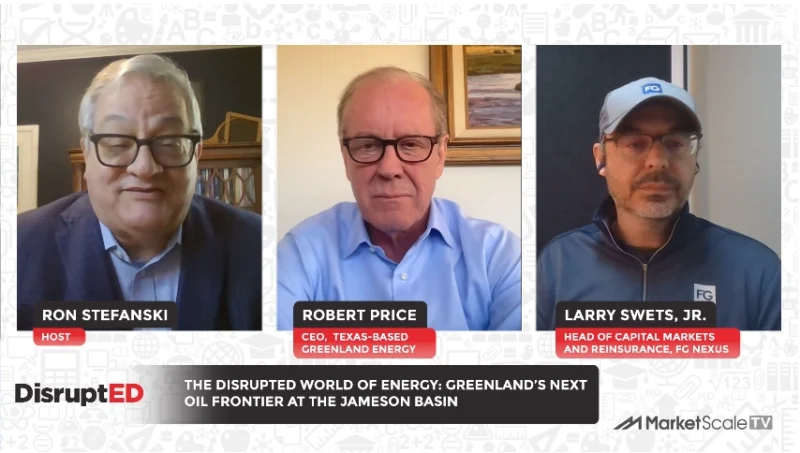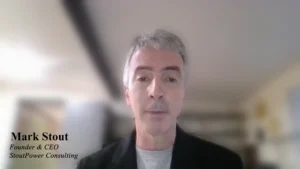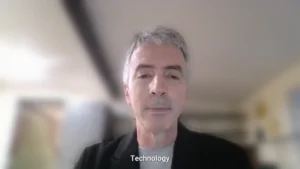Developments in Energy Storage to Open Up a New Frontier
Cheaper energy storage works in tandem with renewable energy to upend the electricity system as we know it, or could, when it comes of age in the market. That growth spurt is happening now.
As with all new technologies, the market for energy storage is still relatively small, and likely to remain so until the price comes down. Forbes estimated in June that costs need to drop by about half before energy storage is a significant player, and more provocatively, that “the market itself may have to change.”
Battery storage has been an attractive investment opportunity throughout 2018. As of July, venture capital funding in this category totaled $539 million from 34 investors, up 12 percent over the same period the year before. Investment in Stem was $80 million for 1H 2018; in Sonnen, $71 million. The top five were rounded out by Ionic Materials, Durapower Products, and Ice Energy, according to the Mercom Capital Group.
Who is doing the investing? Major commitments to the five companies above were made by Shell Ventures, Activate Capital, Temasek, Dyson, Samsung, Renault, Nissan, Mitsubishi, and Argo Infrastructure Partners, among others.
What accounts for the jump? The Federal Energy Regulatory Commission (FERC) passed a rule early this year that energy storage would be permitted to operate in the wholesale markets as both a buyer and a seller, putting it on an equal footing with generators, and other grid resources. (FERC has not yet figured out how to address the same challenge for distributed energy resources, but that is a separate issue.) The unanimously approved new rule, first proposed in November 2016, opened up a much broader set of opportunities for energy storage than what is available to large-scale batteries, pumped hydro systems, thermal energy storage, and others limited in geography and in type.
There were marked declines in investment in the Smart Grid and Efficiency categories over the same period. This is where the change in market comes in, or, as Forbes put it, the likelihood that energy storage, side-by-side with renewable energy, will “upend the electricity system as we know it.”
In the U.S., most energy storage now comes from pumped hydro facilities, systems which require large amounts of co-located land, elevation, and water. Battery storage needs none of this. Although they have been built in Texas and Arizona to defer costly line transmission upgrades, battery prices have declined to the point that they are beginning to enter new markets, like Tesla in South Australia.
Battery energy storage is also beginning to target peak demand hours (usually summer afternoons, when people are getting home from work), hours whose needs have been addressed in the U.S. by natural gas combustion turbines.
FERC’s decision allows battery energy storage to buy low, sell high, in wholesale markets. Still there are not many cases yet where energy storage systems are profitable: Arbitrage increases demand when prices are low, and increases supplies when prices are high. This means that the more energy storage is deployed, the worse the economics become, especially since it is not 100 percent efficient.
Follow us on social media for the latest updates in B2B!
Twitter – @EnergyMKSL
Facebook – facebook.com/marketscale
LinkedIn – linkedin.com/company/marketscale








